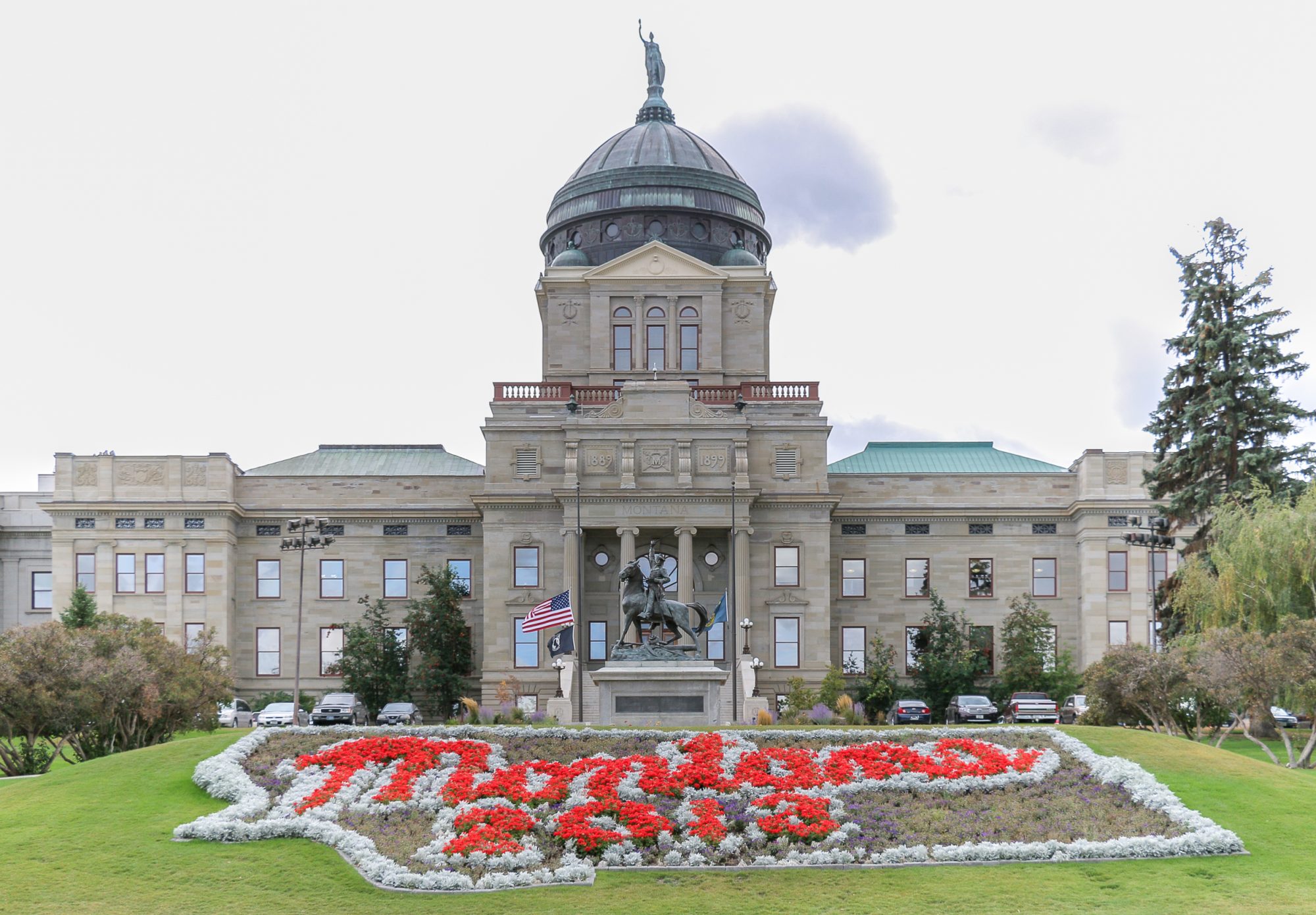Montana Property Tax Relief in 2023
Montana is renowned for its vast natural beauty and outdoor recreation, but the state also boasts a competitive tax climate, ranking fifth in our 2023 State Business Tax Climate Index. Like many other states, its coffers are overflowing, and lawmakers have rightly prioritized tax reform to share the strong revenue position with those calling the Treasure State home. Legislators should build on these efforts and provide sustainable and sound property tax relief.
Short- and Long-Term Tax Reforms
In 2023, Montanans will be eligible for tax refunds and rebates on income and property taxes. Generally, one-time, or short-term, tax relief options are not efficient or effective and can exacerbate the negative effects of inflation. However, these measures were paired with long-term, pro-growth tax reforms that could boost the competitiveness of the state overall.
Montana’s seven individual income tax brackets will be consolidated into two in 2024. Previously, the top rate was set to drop to 6.5 percent (down from 6.75 percent), but Senate Bill 121 will reduce it further to 5.9 percent. The bill also raises the state Earned Income Tax Credit to 10 percent of the federal credit. House Bill 221 creates two rates (depending on income and filing status) for taxing capital gains—4.1 percent and 3.0 percent—replacing a 30 percent net long-term capital gains deduction set to take effect in 2024.
Businesses in Montana will benefit from House Bill 212, which raises the business property tax exemption from $300,000 to $1,000,000; this will eliminate 78 percent of current taxpayers from the rolls at a cost of a mere $9 million a year, absorbed by the state. Additionally, Senate Bill 124 revises corporate income tax apportionment from three-factor (double-weighted sales factor) to single sales factor beginning in 2025.
Principled Property Tax Relief Is Needed
Overall, these reforms are commendable and other states should follow the example Montana has set. However, like elsewhere in the Mountain West, Montana property owners are facing rising property values and, in turn, are saddled with greater property tax burdens. Property tax collections don’t need to keep pace with soaring property values because the cost—and value—of government services isn’t dependent on those values. While inflation has increased the cost of government, there’s no reason why a community where property values have increased by, say, 40 percent should have to remit 40 percent more in property taxes from that same set of properties. Residents are not receiving 40 percent more or better government for their money.
Ballot Initiative 2, now before the Supreme Court after an attorney general’s determination that the initiative is legally insufficient, seeks to limit property taxes through several provisions, including: (1) establishing 2019 as the base for real property valuations, (2) instituting a valuation assessment limit of two percent unless the real property is newly constructed, significantly improved, or changed ownership, and (3) limiting the amount of ad valorem tax that may be assessed to one percent of the real property’s value.
Despite the good intentions, this proposal is not sound tax policy and could create detrimental market distortion. Assessment limits are problematic because they incentivize property owners to remain in their homes longer, as purchasing a new residence triggers a new assessment and, potentially, higher taxes. This often disproportionately impacts younger or lower-income purchasers as the supply of starter homes is reduced when more established, higher-income property owners forgo new purchases.
Moreover, assessment limits could result in similar properties in the same neighborhood having dramatically different property tax obligations depending on purchase date—benefitting those with longer tenures in their homes and, effectively, penalizing more recent purchasers (many of them younger homeowners). Appraisal caps also disincentivize new construction and major home improvements, both of which could result in the owner paying higher property taxes.
The ballot initiative applies to many classes of real property, including multifamily rental units, but it excludes business machinery and equipment. To be clear, including rental property in the relief is positive because the tax burden is less likely to shift from single-family homeowners to lessees in the form of higher rent, which could occur if the measure was less neutral. While the legislature has raised the exemption limits for business property, it will be important to ensure that such equipment is not disproportionately impacted by higher levies in the future to recoup lost revenue from other property classes.
Assessment limitations provide property tax relief for homeowners, but they come with real costs, distorting housing markets to the detriment of many of the homeowners—and would-be homeowners—the limits purport to help. Fortunately, Montanans and their lawmakers have options. They could consider levy limits, which restrict the growth of revenue collections from property taxes, rolling back millages across the board to limit the amount that a jurisdiction’s property tax collections can increase from rises in assessed value alone. This can help avoid the disparities that result from assessment limits, lowering rates for everyone when collections rise due to a spike in assessed values, rather than protecting some homeowners to the detriment of others. If states like New York and Massachusetts manage to get this right, surely Montana can too.
Policymakers could also pursue what some states call “compression,” which is when the state uses its own funds to buy down local property tax rates. Simply capping rates, however, is not effective and would not protect property owners from valuation surges or from other policies intended to raise collections. And compression itself may backfire unless paired with levy limits; without them, local governments could pocket the state transfers and later raise millages back to where they had been previously.
Absent a special session, the Montana legislature next convenes in 2025, meaning taxpayers may have to wait for relief that is sorely needed today. This creates a precarious situation and one in which hasty decision-making could leave the state dealing with long-term negative outcomes. Ballot Initiative 2, regardless of whether it goes before voters, has a flawed design that homeowners may come to rue, but it speaks to a real and legitimate concern over rapidly rising property taxes. Policymakers should pursue principled property tax reform that benefits all property owners without creating market distortions or unfairly shifting the tax burden.





